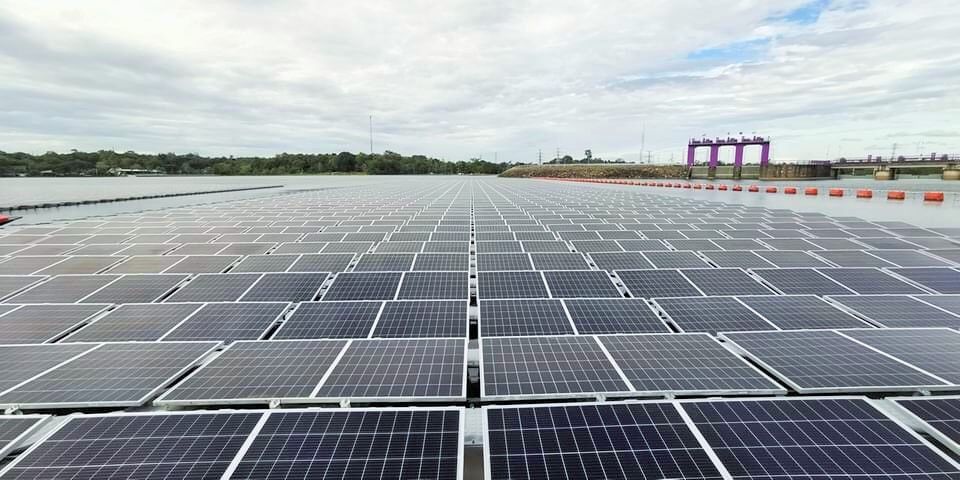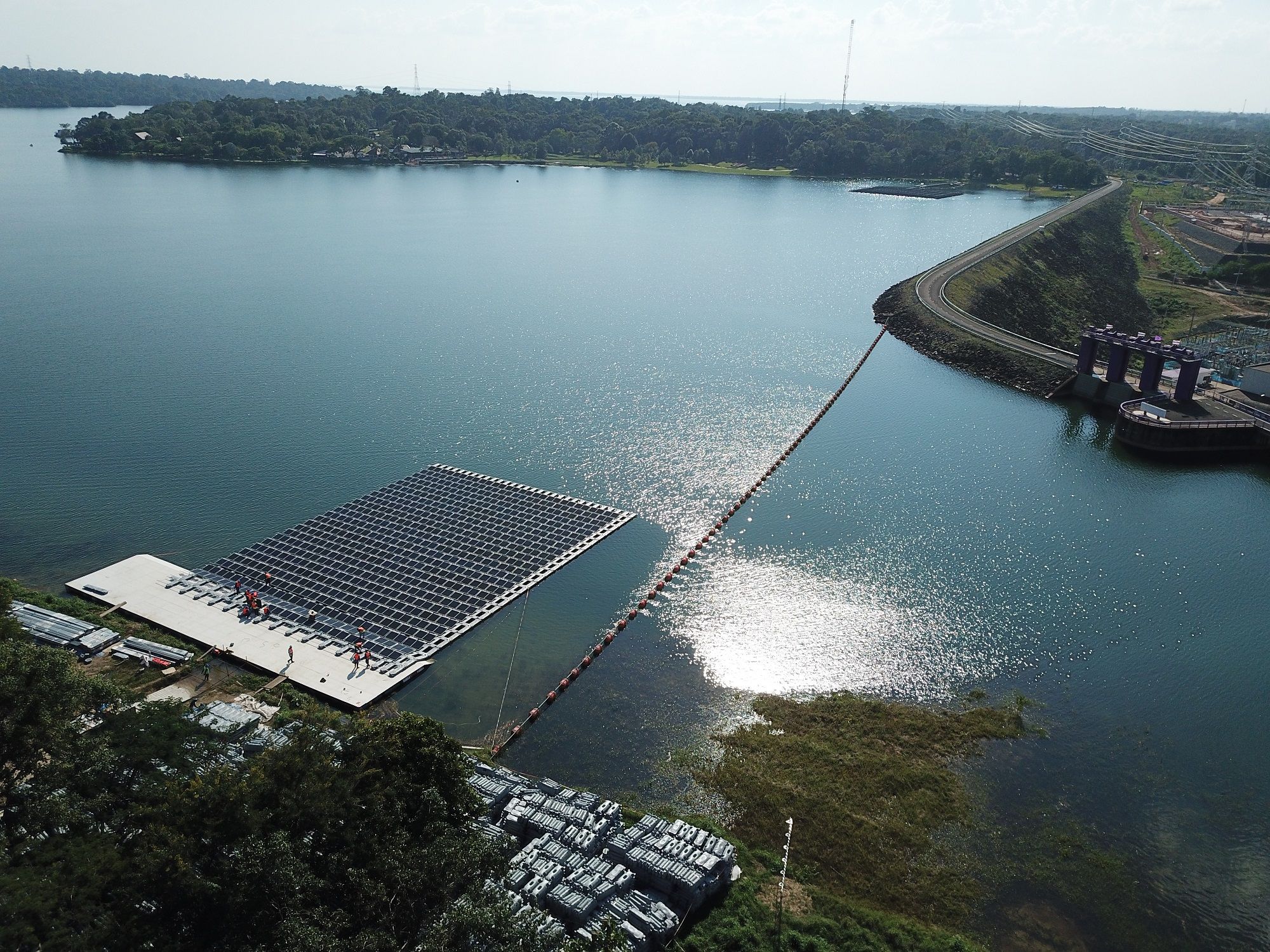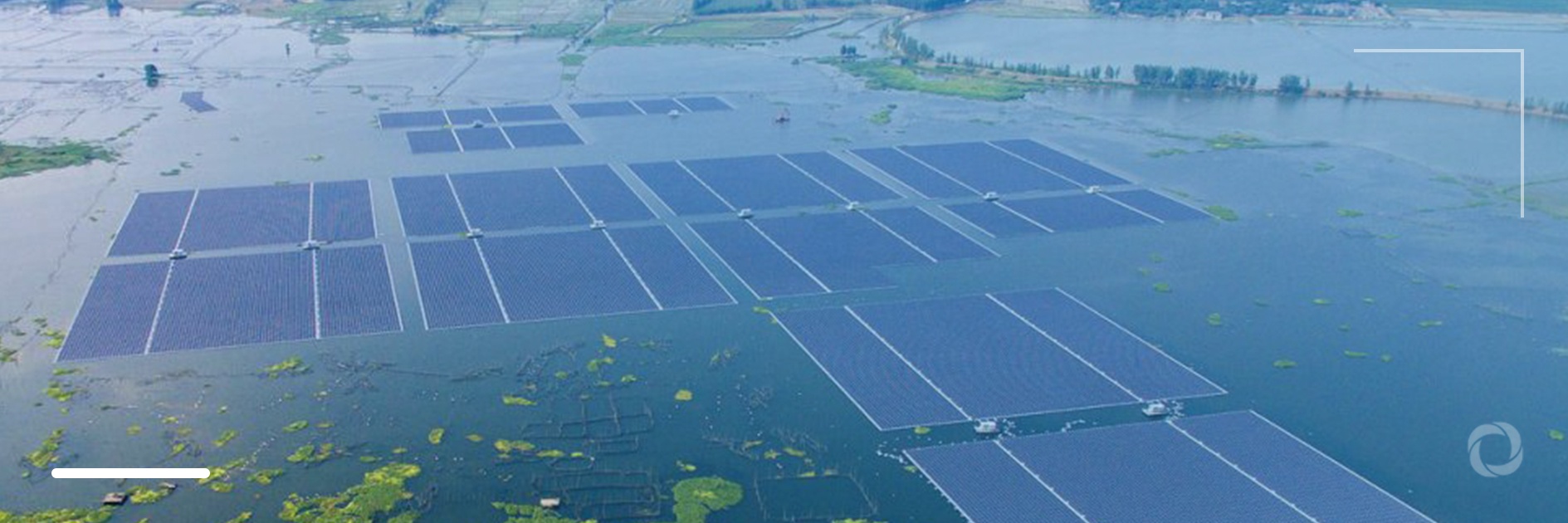Thailand is about to complete its first floating solar energy farm. The project, implemented on a water reservoir at Sirindhorn Dam in northern Thailand, is said to be one of the largest in the world. The country’s authorities announced the project in early 2019 but their expectation that it would come online by December 2020 failed to be met because of the pandemic. However, the project’s implementers now say that the farm may be completed in June provided that no other delays occur because of the pandemic.
The plant is made up of 144,000 solar panels covering a surface of 288 square kilometers of the reservoir. Being built on water, it is based on hybrid technology, i.e., it will use both hydro and solar power and it will be possible to switch between solar and hydropower, depending on which is able to generate more electricity.

The Electricity Generation Authority of Thailand (EGAT), a state enterprise managed by the Ministry of Energy, noted that the floating solar power plant would be the biggest in the world with a capacity of 45 megawatts, generating enough energy to meet the demands of a city of 20,000 people.
“We are currently at 90% completion. The project area is divided into seven platforms of floating solar cell panels. We’ve already installed five and a half platforms. There are still one and a half platforms to work on which we expect to complete by the end of April. And we think we will be ready to distribute electricity with this by the end of June 2021,” project chief, Chanin Saleechan, said.
For many years, Thailand has been highly reliant on coal to produce energy, a stance that it has been criticized for and therefore the government recently reviewed its position, turning to green energy.
As EGAT disclosed, the materials used for the panels are environmentally friendly and do not contaminate the water while floating. The ropes used to attach the panels to the bottom of the reservoir are also made from special High-Density Polyethylene so they are safe for aquatic animals and for the water ecosystem. It is estimated that the floating solar farm will allow a reduction of around 47,000 tons of carbon dioxide emissions per year.

The construction of the floating solar power plant on the reservoir at Sirindhorn Dam is said to be worth US$63 million. The government plans to generate 35% of its energy from non-fossil fuels by 2037 and, to meet this goal, the 2018 National Power Development Plan provides for further similar projects. EGAT will construct eight more hybrid solar power plants on reservoirs at dams within the next 16 years that are expected to generate a total combined capacity of 2,725 MW in 20 years.

